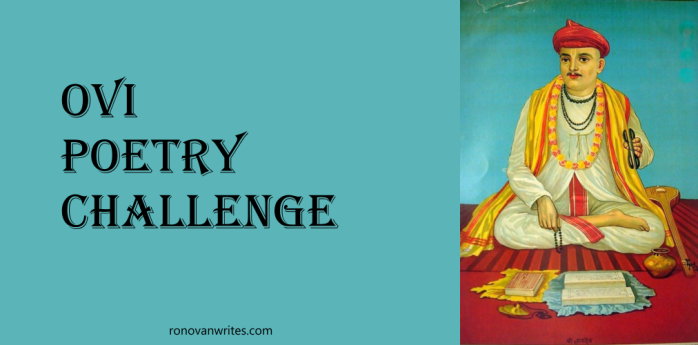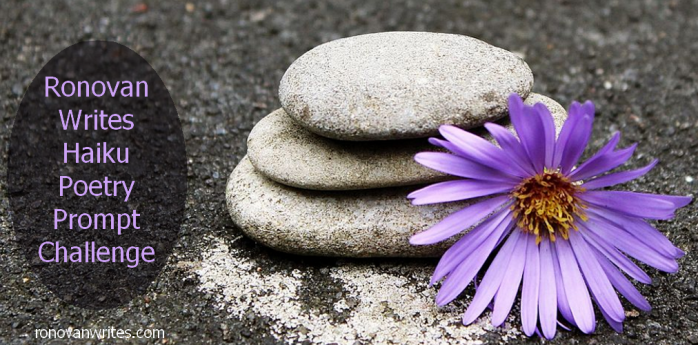Who doesn’t like a little season? Well that’s one way to look at it. In the south we have seasons, and they are a bit more enjoyable, probably, than other parts of the country. We get the snow, but not the blizzards and rarely where it accumulates higher than a car door. Okay, so I’ve never seen that here. We get ice. Snow, the sun comes out, melts it, and overnight that snow turns into ice. Oh joy. I also like seasoning my food, another big time southern thing. The more the better. But really when I came up with SEASON it was about the seasons of life we all go through. I’m not certain which one I’m in but it sure gets cold a lot.
OVI POETRY
Ovi is a syllabic/metre poetry form. In this case, Ovi is from India, originating in the Marathi language. The Ovi has been in use in written form since the 13th Century, but the women’s ovee/ovi predates the literary form by at least the 12th Century.
The Ovi are in general, lyrical folk songs expressing love, social irony, and heroic events. They are written in the following scheme.
4 line stanzas, as few as one stanza and up to as many as you like.
8 syllables or less per line
Rhyming is AAAb. The second stanza would be CCCd. The third, EEEf. And so on. Meaning nothing in one stanza must rhyme with anything in the previous stanza. The fourth line does not rhyme.
Example:
Roly Poly by Judi Van Gorder
The big toothed tot with golden hair
picked up a bug on Sister’s dare,
it rolled into a ball right there
and won her springtime heart.
Notice the rhyming pattern is AAAb or
A
A
A
b
My Attempt
Blue flowers continue to grow,
with the shadow’s making them glow,
giving life to darkness and woe,
dying each year to yet return.


